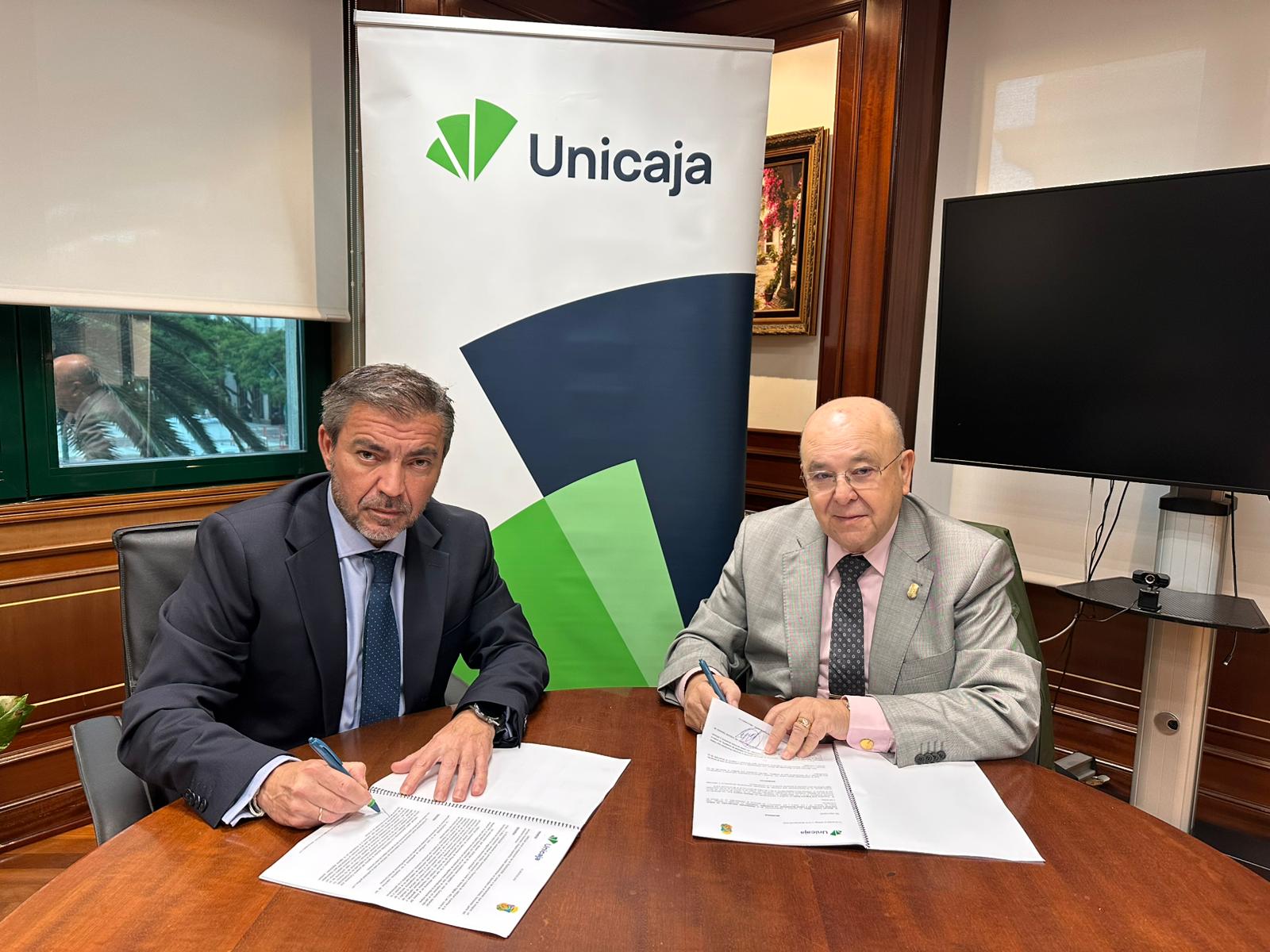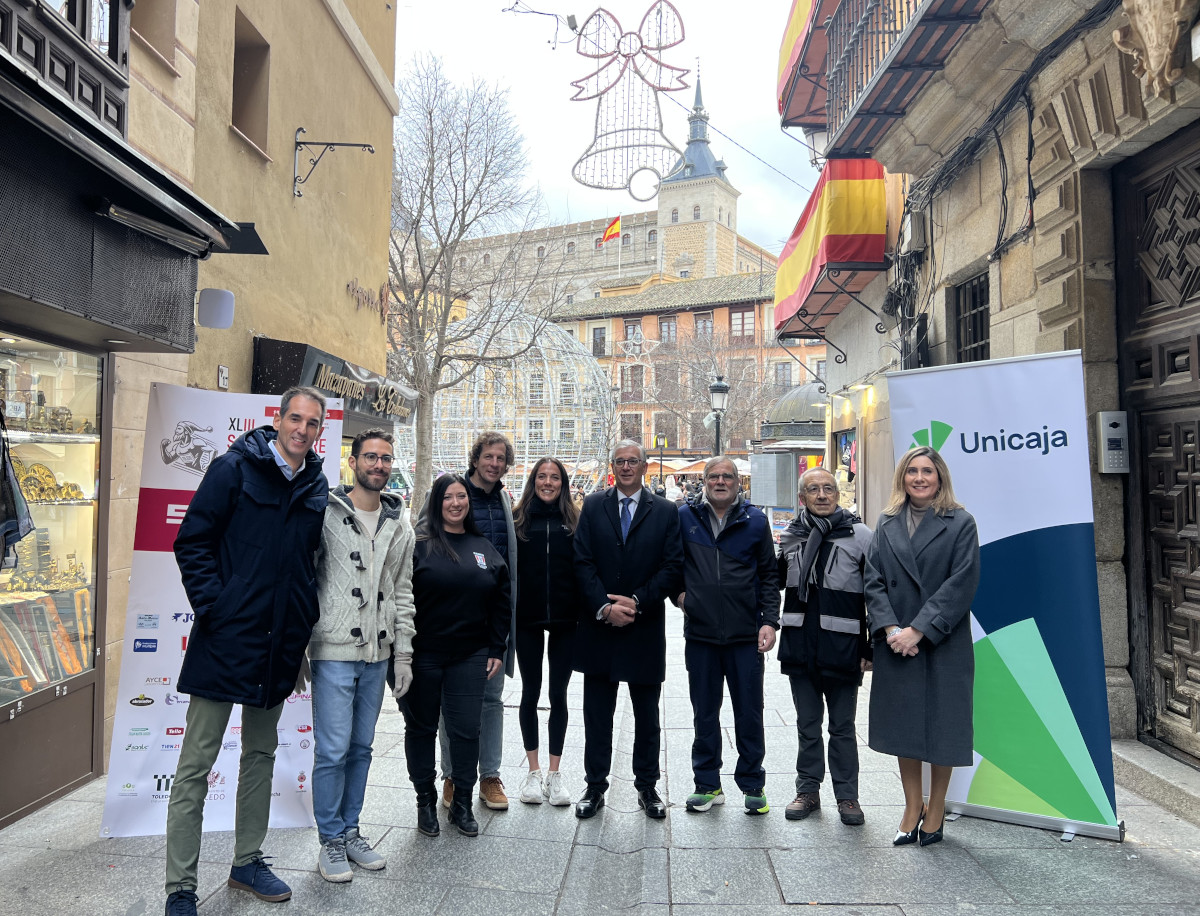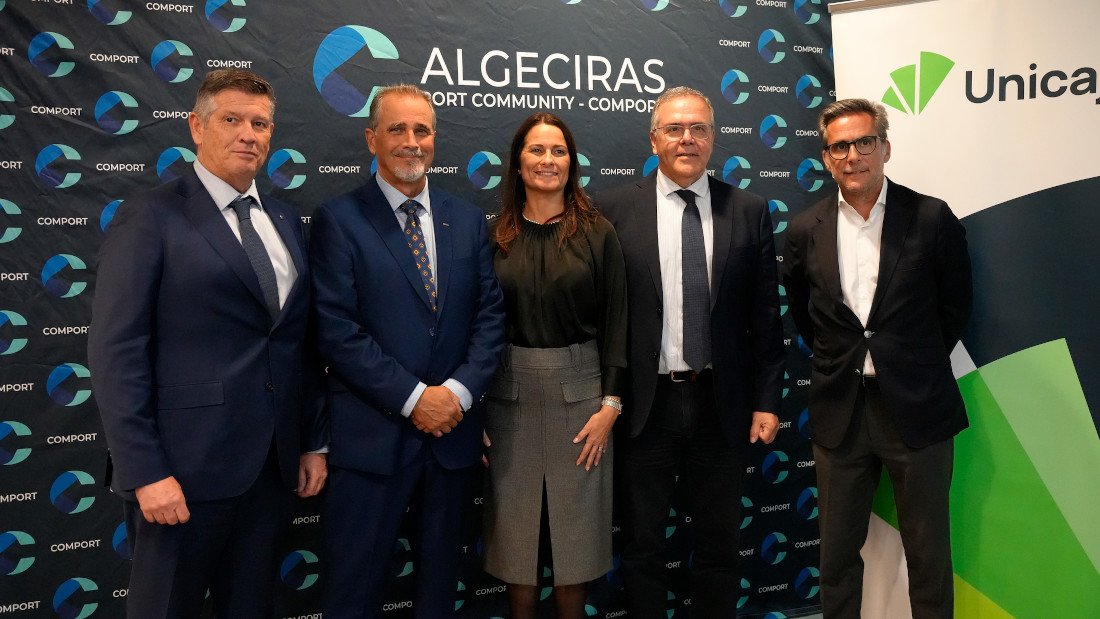Grupo Unicaja recorded a net profit of 338 million euros in the first half of the year, an increase of 15% over the same period of the previous year (294 million in June 2024).
The Group's result is supported by a robust net interest income, close to 750 million euros, as well as by the growth of net fees and the reduction of the item of 'Other operating income and charges', which included the temporary tax[1] of credit institutions (79 million in the first half of 2024).
Progress in the implementation of the 2025-2027 Strategic Plan is reflected in improved commercial dynamics, with a 4% increase in customer business volume during the year. The higher growth of the gross margin (5.2% year-on-year) has enabled the bank to maintain the efficiency ratio contained at 44.6%, despite the 5.4% year-on-year increase in operating expenses. The ROTE profitability ratio, adjusted for excess capital, improved by 4 percentage points (p.p.) with respect to June 2024, reaching 11.9%.
Based on this positive performance, the Board of Directors has approved the payment on 25 September to the bank's shareholders of an interim dividend of 169 million euros (6.6 euro cents per share), equivalent to 50% of the consolidated net income for the first half of the year. This dividend is 10% higher than the 2024 dividend.
Balance sheet
Year-on-year growth of 5.6% in customer funds under management
Customer funds under management, including wholesale funds, showed a positive performance, with an increase of 1.4% over the last twelve months to 101,948 million euros, with a substantial weight of very stable and highly granular retail customer funds.
Retail customer funds reached 94,598 million, with a year-on-year increase of 5.6%, and a significant growth in off-balance-sheet funds and insurance (13%), which amounted to 24,215 million.
In the first half of the year, among savings products, the performance of mutual funds was particularly noteworthy (with a year-on-year increase of 25.2%), with net subscriptions more than 2.5 times higher than in the same period of the previous year, to 1,611 million euros. This figure represents a new all-time high and raises the market share to 9.3%, according to Inverco data. The accumulated assets of these funds stood at 15,238 million.
The total performing loans book increased by 3.5% in the second quarter (1.9% excluding the seasonal effect of pension advances) to 48,162 million euros, thus resuming the growth path with a low risk profile.
The Strategic Plan positions the rise in lending to Companies and Consumer as the key axis for revenue diversification, a commitment that is already showing tangible results, with advances of 2.5% and 4.2% respectively in the year, eliminating the seasonal effect of the double pension payment in June in the latter case. In year-on-year terms, consumer credit recorded growth of 7.8%, with a high weight of pre-approved loans and those from digital channels, which accounted for 36% and 48%, respectively, of the total formalized in the first half of the year.
As of June 2025, the bank had granted 6,072 million euros in new loans and credits, of which 1,500 million were mortgages to individuals, representing 24.7% of the total. The market share in mortgage formalizations amounted to 4.6% of the national total.
Improved balance sheet quality and high levels of coverage
The results for the period were also accompanied by an improvement in the quality of the balance sheet, which demonstrates the strength of the business model.
The NPL ratio fell by 36 basis points (b.p.) in the quarter, to 2.22%, and the cost of risk remained contained at 26 b.p.
The volume of non-performing assets (NPAs) continued its downward trend, with a year-on-year fall of 25.8%, due to a 29.5% decline in the stock of foreclosed assets and a 23% drop in non-performing loans.
The quality of credit is reflected in aspects such as the evolution of entries in NPL, which fell by 27% year-on-year (with more than a third corresponding to non-performing loans without defaults or with defaults of less than 90 days), and with outflows of more than 200 million euros in the last quarter.
The reduction in NPAs has been accompanied by a reinforcement of the already high levels of coverage, which are among the highest in the sector, in line with Unicaja's traditional policy of prudence. The coverage ratio for non-performing assets reached 74.3%, 72.8% for NPLs, and 76.3% for foreclosed assets. The reduction in NPAs and the increase in coverage resulted in a year-on-year fall of 37% in net NPAs.
Solvency and liquidity
CET 1 at 16% and a solid liquidity position
Unicaja maintains high and solid solvency levels[2] . At the end of the first half of 2025, it had a highest quality regulatory capital level (CET 1 Common Equity Tier 1) of 16%, a Tier 1 capital ratio of 17.9% and a total capital ratio of 20%. These ratios exceed the levels required of the bank with a margin of 7.8 p.p. in CET 1 and 7.3 p.p. in total capital. Thus, the bank has 2,209 million in excess of regulatory requirements.
The bank maintains a solid liquidity position, reflected in the Loan to Deposit ratio, which stood at 70%, a short-term liquidity ratio (LCR) of 318%, and a stable funding availability ratio (NSFR) of 156%.
Income statement
Gross margin grew by 5.2%
Net interest income reached 743 million euros, after growing again in the second quarter, despite the scenario of falling interest rates.
Net fees reached 262 million euros in the first half, a year-on-year increase of 2.5%. The good commercial dynamics led to an increase in assets under management, especially in mutual funds, whose net fees rose by 16.5% year-on-year. Insurance fees also performed positively, with a 9% increase over the same period last year.
Gross margin reached 1,058 million, 5.2% higher than in June 2024. The efficiency ratio remained stable (44.6%), while ROTE, adjusted for excess capital, improved by 4.0 p.p. to 11.9%.
Pre-provision profit amounted to 587 million in the first half, loan-loss provisions increased by 7.4%, bringing the quarterly cost of risk to a contained level of 26 b.p. Operating income amounted to 477 million euros and pre-tax profit amounted to 476 million euros, with a net profit of 338 million euros.
Strategic Alliances
Unicaja has recently reached a global agreement with DXC Technology to carry out an ambitious project to transform and modernize its banking operations, as part of its strategy to grow and improve customer service.
The bank has also signed a strategic alliance with Zenon Management to strengthen its private lending solutions for businesses. This collaboration includes the launch of Seneca Direct Lending, SICC, a new private investment vehicle dedicated to financing Spanish businesses, which will be managed by Unicaja Asset Management, Grupo Unicaja’s management company, with investment advice from Zenon.
Sustainability
In the area of sustainable and responsible banking, highlights in the second quarter of 2025 included the issue of a new senior non-preferred green bond for an amount of 500 million euros. This is the fifth green bond issued by the bank since 2022 and its proceeds will be used to finance renewable energy projects and green buildings.
The bank also continues to advance in its commitment to accessibility, through the development, adjustment and evolution of products and services that guarantee access for the entire population. An example of this is the free update of point-of-sale (POS) terminals in stores for Android models to adapt them to the new accessibility regulations, as well as the implementation of an accessibility training plan aimed at its more than 7,500 employees.
Also, in its support for SMEs, Unicaja has been one of the financial institutions that has signed with the European Investment Fund (EIF) and the Ministry of Economy, Trade and Enterprise guarantee agreements that will allow entities to channel to the real economy 2,500 million euros of new funding.
On the other hand, Unicaja and Funcas have renewed their commitment to promote financial literacy and culture, through the development of some ten actions, which are expected to have more than 32,000 beneficiaries. Among them are the Conferences on Financial Education for Young People, carried out by Edufinet, which in its last edition had the participation of 24,000 students, as well as the Ambassadors Project, to promote the financial and digital inclusion of the elderly, which in its third edition has registered more than 800 people, especially from rural areas.
(1) This tax has been replaced by a tax on net interest income and fees, which Unicaja has accrued under taxes on income.
(2) The capital ratios include net income, net of accrued dividends, computability pending approval by the European Central Bank.
Download the graphics associated with the press release here.



